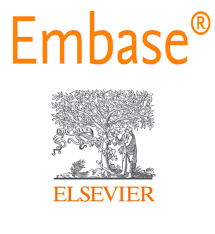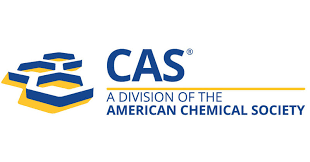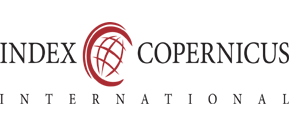Ocular Manifestations in Severe Pregnancy-Induced Hypertension: Insights from a Tertiary Care Center in a Tribal Region
Keywords:
PIH, hypertensive retinopathy, proteinuriaAbstract
Context: Pregnancy-induced hypertension (PIH) is one of the most common
complications of pregnancy and if not recognized early and treated, can seriously
affect maternal and child health.
Aim: To determine the prevalence of ocular manifestations in severe PIH and the
correlation between ocular changes and blood pressure.
Settings and Design: cross-sectional observational study conducted at tertiary health
care centre in tribal area.
Methods and Material: This study conducted over 18 months included 124 patients
who met the inclusion criteria and visited a tertiary health care. Data such as age,
gravida, and blood pressure were collected from patient case records. Findings of the
anterior and posterior segments were documented.
Statistical analysis used: Chi square test
Results:Out of 124 patients with severe PIH, ocular manifestations were observed in
44.35%. Among these, 10.48% exhibited anterior segment changes, while 33.87%
showed posterior segment abnormality. Arteriolar narrowing [14.51%] followed by
arteriovenous crossing changes [8.87%], and retinal haemorrhages [4.03%] were the
frequent retinal findings. Positive correlation was found between ocular
manifestations and diastolic blood pressure [P=0.007]. Also, higher grades of
proteinuria had more fundus involvement. Conversely, a negative correlation was
observed between ocular manifestations and age, parity, gestational age.
Conclusions: Elevated diastolic blood pressure and proteinuria are significant
determinant of fundus changes in severe PIH. Interestingly, retinal changes were
observed even in asymptomatic patients. Therefore, routine fundus examination
should be performed in all pre-eclampsia and eclampsia patients with elevated blood
pressure to identify retinal changes early and prevent complications.
.png)









